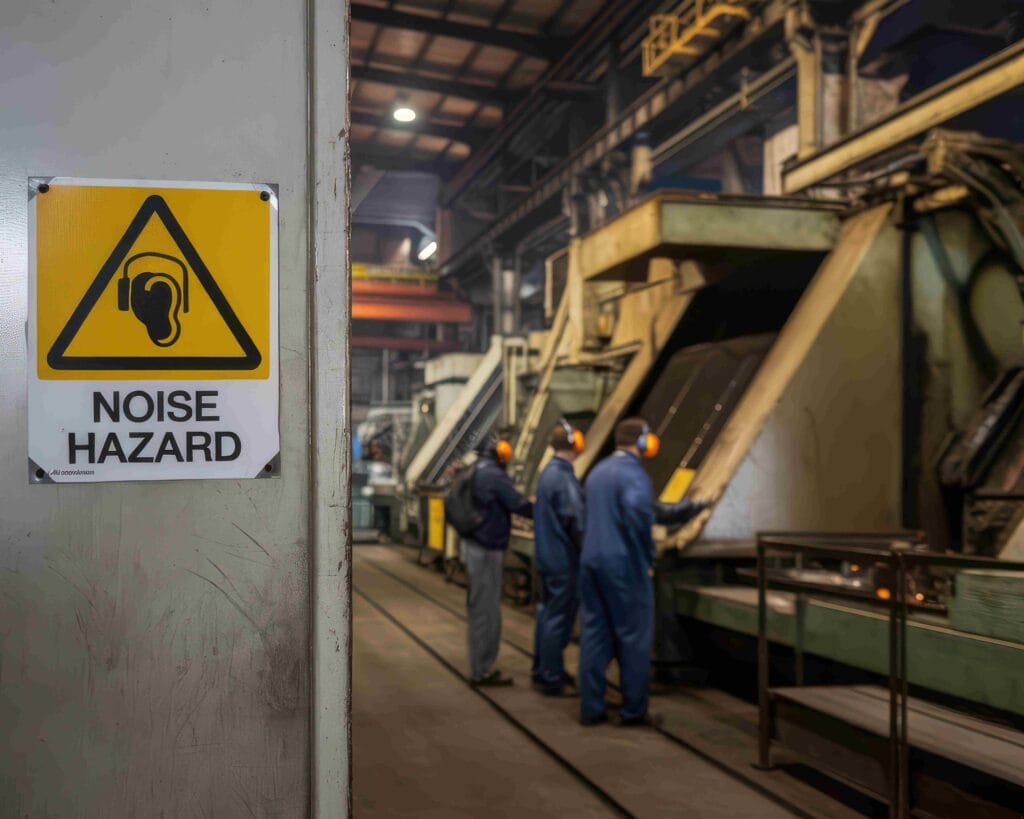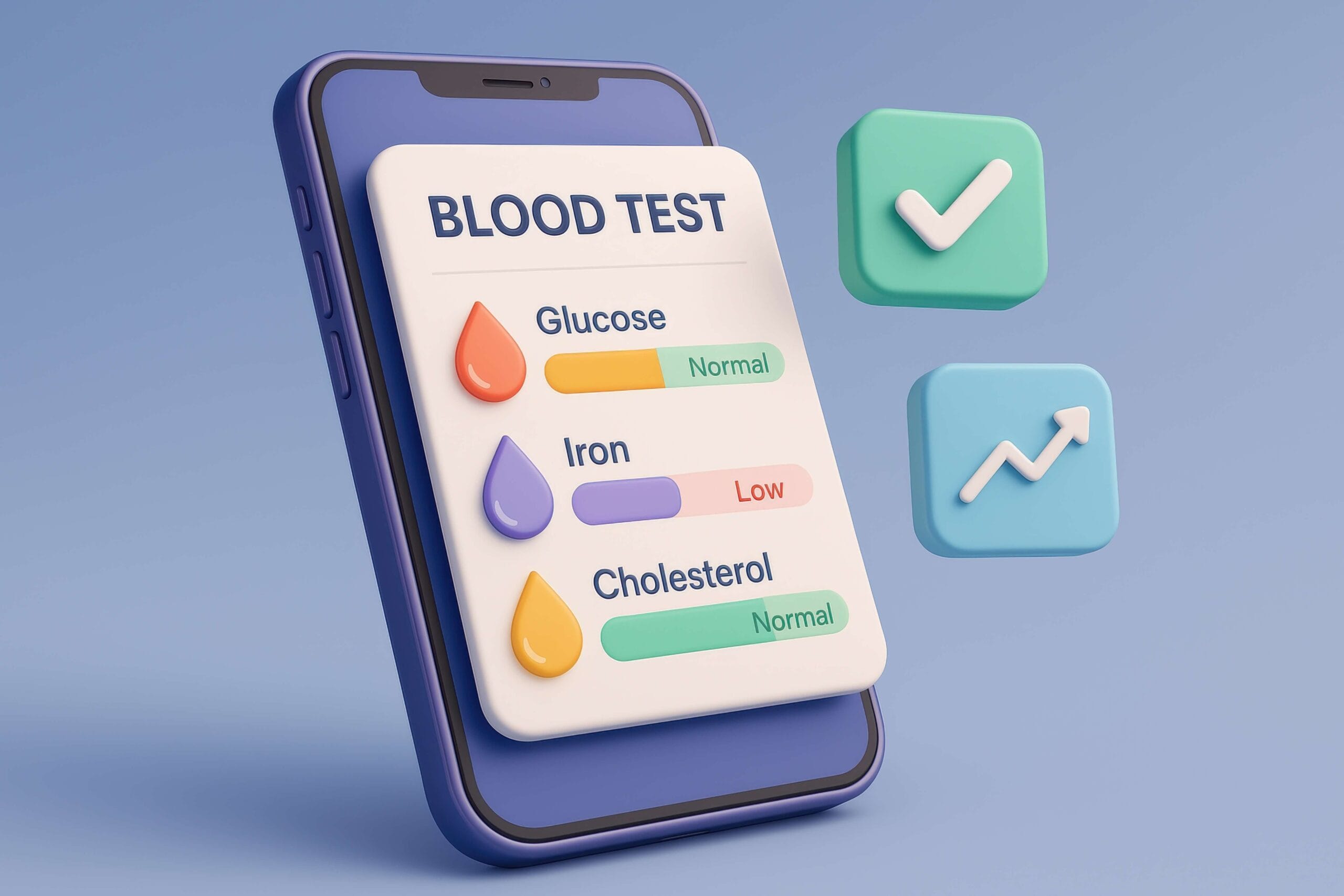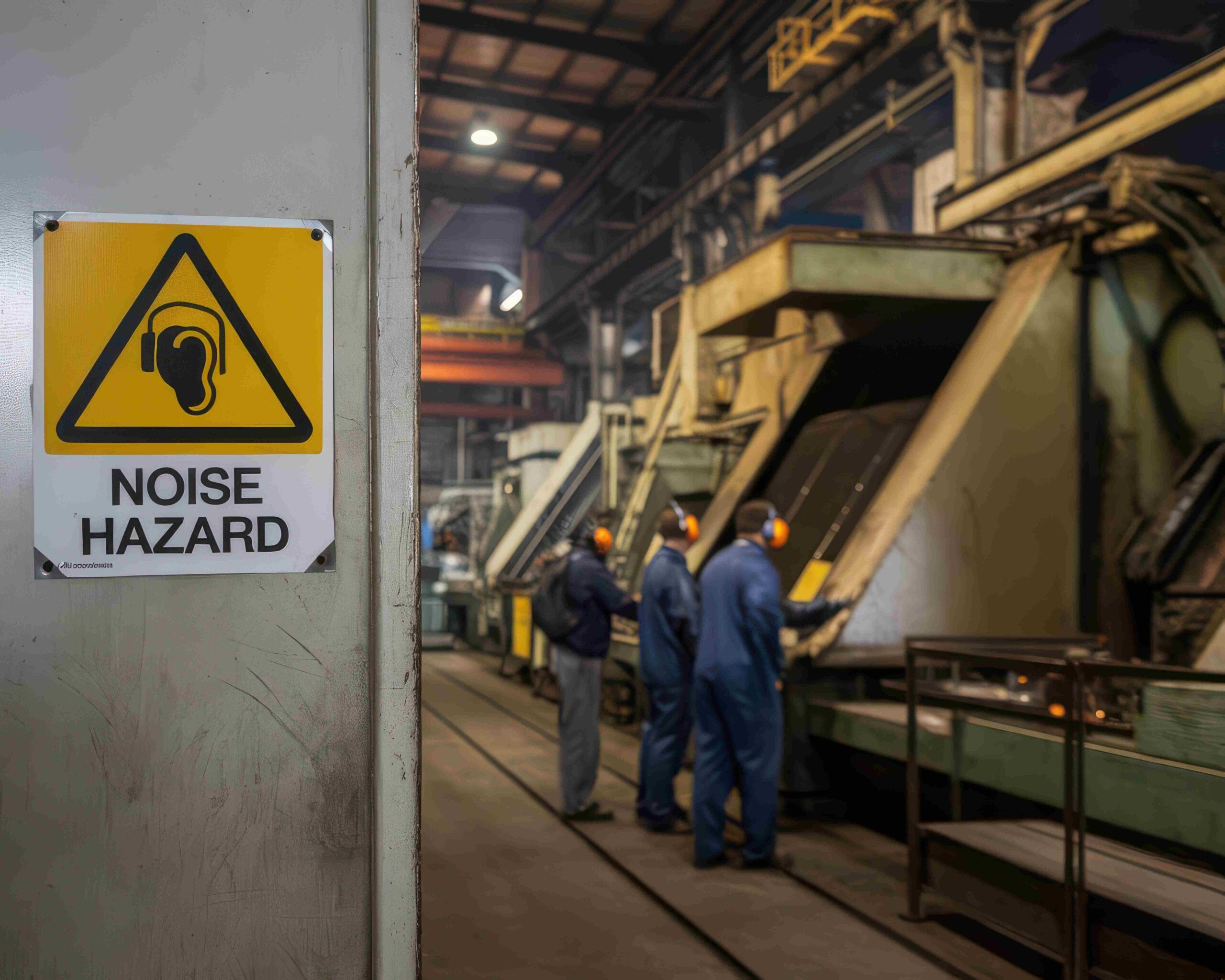Over the last few decades, the workplaces across the UK have changed drastically. From traditional heavy industries to fast-paced offices and hybrid working models, one thing remains constant; employers have a duty of care to protect the health and well-being of their staff. This is not only a moral responsibility but also a legal duty under the Health and Safety Executive (HSE).
One of the most effective ways to fulfil this responsibility is through occupational health surveillance. In simple terms, this is the regular and systematic monitoring of employees’ health to detect early signs of work-related illness. It goes beyond a general health check, targeting risks directly linked to workplace exposure, whether that is dust in construction, noise in manufacturing, or hand-arm vibration in engineering.
This blog is designed to give you a complete overview of occupational health surveillance: what it is, why it matters, when it is required by law, and how Healthscreen UK can support your organisation in staying compliant while safeguarding your workforce.
In This Article:
- What is Occupational Health Surveillance?
- Why is Occupational Health Surveillance Important?
- Legal Requirements for Health Surveillance in the UK
- What Does Health Surveillance Include?
- Healthscreen UK’s Health Surveillance Services
- How Often Should Health Surveillance Be Carried Out?
- Common Challenges in Health Surveillance (and How to Overcome Them)
- Occupational Health Surveillance vs General Health Screening
- The Future of Occupational Health Surveillance
- Why Choose Healthscreen UK?
- FAQs
What is Occupational Health Surveillance?
Occupational health surveillance is a programme of ongoing health checks, specifically designed for employees exposed to certain workplace risks. Unlike routine medicals or general health screenings, surveillance focuses on hazards identified in a company’s risk assessment.
For example:
- Workers exposed to loud noise may need audiometry (hearing tests).
- Employees managing chemicals may need lung function tests or skin checks.
- Staff using vibrating tools regularly may need checks for Hand Arm Vibration Syndrome (HAVS).
The goal is to spot the earliest signs of work-related health problems so that action can be taken before they develop into long-term or irreversible conditions. Surveillance also provides employers with valuable feedback on whether existing control measures (like PPE, ventilation, or shift patterns) are working effectively.
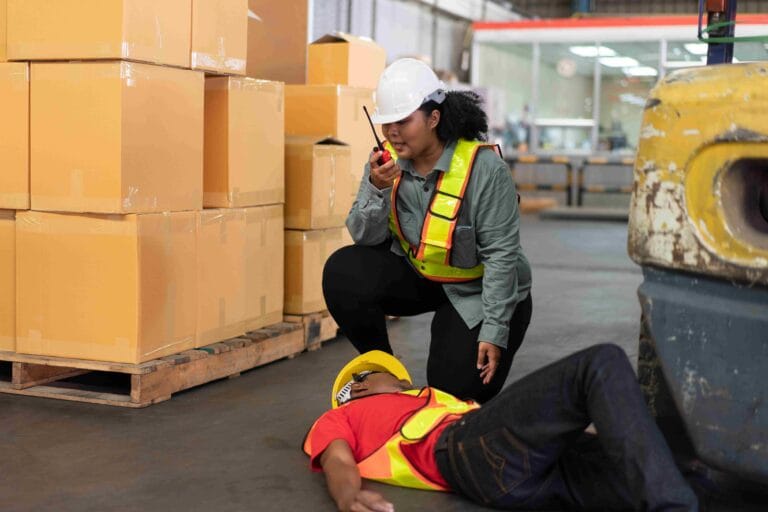
Why is Occupational Health Surveillance Important?
The benefits of occupational health surveillance extend far beyond ticking a legal compliance box. This is highly important for protecting employees, improving business practices, and ensuring legal compliance.
Benefits for employees:
- Detect initial signs of occupational diseases, such as hearing loss or respiratory issues are detected early when they are most treatable. Early intervention can prevent minor issues from becoming serious, long-term health problems.
- Taking prevention action is the process reinforces safe working practices by reminding employees of workplace risks and importance of using protective equipment.
- A voice for concerns gives employees a formal opportunity to raise confidential concerns about how work might be affecting their health.
- By actively protecting their workers’ health, employers foster a positive and supportive workplace culture, which boosts employee morale and job satisfaction.
Benefits for employers and business
- Protect employees’ health by early detection means conditions can be treated before they become serious.
- Supports legal compliance by fulfilling employer responsibilities under the HSE regulations and avoiding legal penalties and financial liabilities.
- Boosts productivity by keeping the workplace organised and creating a safe, healthy workforce by motivating and engaging them wherever needed.
- Builds trust among employees by making them feel looked after as they are more likely to stay loyal to the organisation.
Ultimately, occupational health surveillance ensures the wellbeing of staff and the sustainability of businesses.
Legal Requirements for Health Surveillance in the UK
The UK has one of the most comprehensive frameworks for workplace health and safety. Employers are legally required to provide health surveillance when:
- Employees are exposed to hazardous substances (under COSHH – Control of Substances Hazardous to Health Regulations).
- Staff are exposed to high noise levels (The Control of Noise at Work Regulations).
- Workers are at risk from lead (Control of Lead at Work Regulations).
- Employees use vibrating tools frequently (Control of Vibration at Work Regulations).
The Health and Safety Executive (HSE) makes it clear: employers must not wait until harm is done. If risks are identified in your risk assessment, surveillance must follow. If there is any failure to comply, then it can result in hefty fines, legal action, and reputational damage.
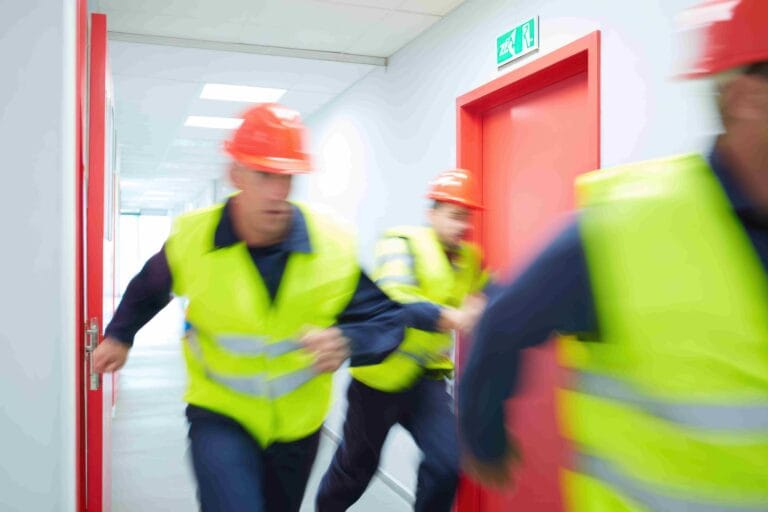
What Does Health Surveillance Include?
Occupational health surveillance is not one-size-fits-all. Every workplace carries different risks, so the type of check needed will vary depending on your industry, tasks, and level of exposure. For instance, an employee working with loud machinery will need different monitoring compared to someone managing solvents or working with vibrating tools.
Following are the common elements of a comprehensive surveillance programme:
Pre-placement Screening
Before an employee begins work in a high-risk role, a baseline health check is often conducted, this helps establish an individual’s health status at the start of employment, providing a reference point for future monitoring. For example, someone beginning a job in construction may have their hearing tested before being exposed to noisy tools and machinery. If any changes are detected in later years, employers and clinicians can quickly identify whether these are linked to workplace exposure.
Regular Health Checks
Depending on the degree of risk, continuing health examinations are planned for employees at predetermined intervals after they start work. These examinations are intended to detect early indicators of occupational diseases, such as diminished lung function in dust-exposed workers or early-stage skin disorders brought on by chemical handling. These checks could take place once a year, twice a year, or more frequently if the risks are very high.
Exit Medicals
An exit medical is often performed when workers depart a firm or transition into a different position with different exposure concerns. This guarantees that any conditions that existed at the time of departure are recognised, noted, and, if required, connected to exposure at work. In addition to protecting workers, exit medicals give employers precise records in the event of future medical claims.
Specific Surveillance Types
- Audiometry (hearing tests) – for noise exposure.
- Lung function testing (spirometry) – for workers exposed to dust, fumes, or chemicals.
- Skin surveillance – for employees handling irritants or sensitising substances.
- HAVS testing – for those using vibrating tools.
- Vision screening – where precise visual tasks are required.
Each of these specific checks is designed to catch subtle changes early before they escalate into permanent conditions. Employers benefit from early interventions, while employees gain reassurance that their health is being monitored and safeguarded.
Healthscreen UK’s Health Surveillance Services
At Healthscreen UK, we provide comprehensive health surveillance services tailored to your industry. Our offerings include:
- Audiometry (hearing tests).
- Spirometry (lung function tests).
- Skin assessments.
- HAVS testing.
- Vision screening.
- Pre-employment and exit medicals.
Our occupational health specialists collaborate closely with employers to ensure compliance, reduce workplace risks, and promote long-term health. With nationwide coverage and flexible onsite testing options, we make surveillance convenient, cost-effective, and fully compliant with HSE standards.
How Often Should Health Surveillance Be Carried Out?
The frequency of surveillance depends on risk exposure:
- Annually for most high-risk environments (e.g. noise, vibration, dust).
- More frequent where risks are severe or exposure levels high.
- Initial checks within the first few weeks of employment to establish a baseline.
Employers should always follow HSE guidance and consult occupational health professionals like Healthscreen UK to determine the right intervals.
Common Challenges in Health Surveillance (and How to Overcome Them)
- Employee Reluctance: Some employees may fear surveillance is invasive. Solution: communicate openly, emphasising protection not punishment.
- Cost Concerns: While surveillance involves investment, fines and legal costs of non-compliance are far higher.
- Record Keeping: Employers must manage sensitive data securely. Partnering with a provider like Healthscreen UK simplifies compliance.
- Multiple Sites: Nationwide businesses often struggle with consistency. Healthscreen UK offers site visits to resolve this.
Occupational Health Surveillance vs General Health Screening
Aspect
Purpose
Legal Requirement
Focus
Frequency
Health Surveillance
Detect work-related illness
Mandatory in certain industries
Risk-specific
Determined by HSE guidelines
General Health Screening
Check overall health
Voluntary
Broad health markers
At individual’s choice
This distinction is vital, while general health checks are valuable, they do not replace the need for occupational health surveillance.
The Future of Occupational Health Surveillance
The world of workplace health is evolving. Future trends include:
- Digital health records for easier tracking.
- Remote monitoring with wearable technology.
- Integration with wellbeing programmes to support both physical and mental health.
- AI-powered data analysis to detect patterns earlier.
Forward-thinking businesses that embrace these changes will build stronger, healthier workplaces.
Why Choose Healthscreen UK?
- Fully HSE-compliant health surveillance services.
- Mobile units and onsite clinics for convenience.
- Experienced occupational health professionals.
- Nationwide coverage and flexible packages.
- Proven track record across industries.
Choosing Healthscreen UK means peace of mind that your workforce is protected, and your organisation is compliant.
Ready to protect your workforce?
Occupational health surveillance is not just a legal requirement, it is an investment in your people and your organisation’s future. By detecting early signs of work-related illness, employers can act proactively, reducing risks, building trust, and creating a healthier workplace.
With Healthscreen UK, you will have a trusted partner ensuring compliance, improving wellbeing, and supporting long-term business success.
FAQs
1. Do remote or hybrid workers need occupational health surveillance?
Yes, if their role exposes them to risks such as screen-related eye strain, ergonomic issues, or hazardous tasks performed at home. Employers remain responsible for their health and safety, regardless of location.
2. What happens if an employee refuses health surveillance?
Employers should explain the legal and health reasons behind surveillance. If refusal continues, it may become a disciplinary matter, as employers must comply with HSE laws.
3. Can occupational health surveillance be done onsite?
Absolutely! Healthscreen UK offers onsite clinics and mobile units to minimise disruption to your business operations.
4. How does health surveillance differ between small and large businesses?
The principles remain the same, but large businesses may require more structured programmes across multiple sites. Healthscreen UK tailors solutions for both SMEs and large organisations.
5. What is the cost of occupational health surveillance for employers in the UK?
Costs vary depending on the number of employees and type of checks required. However, investing in surveillance often proves cheaper than dealing with long-term illness claims, fines, or productivity loss.


